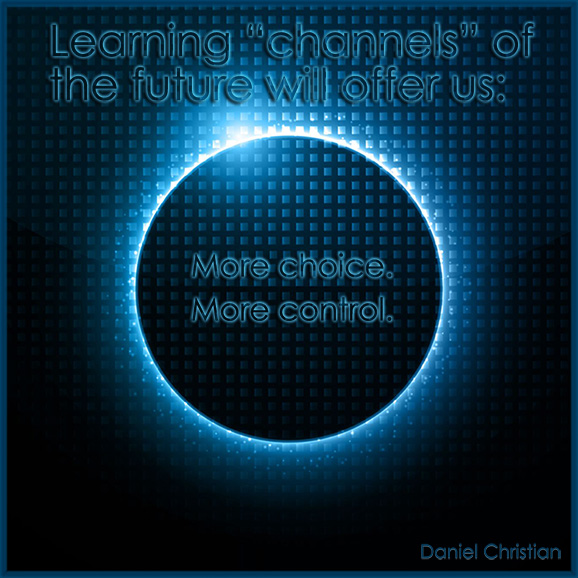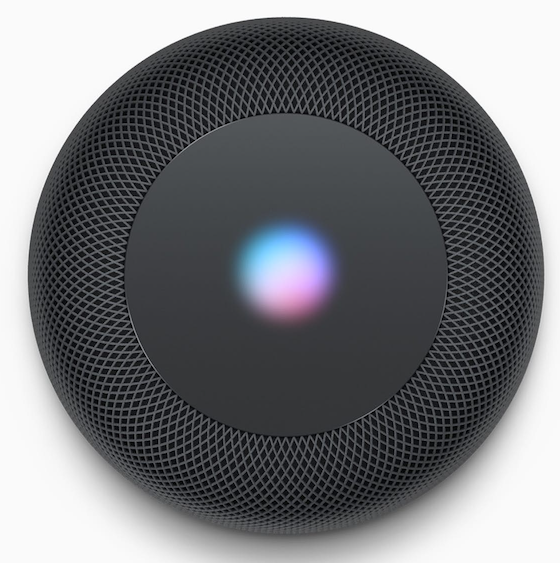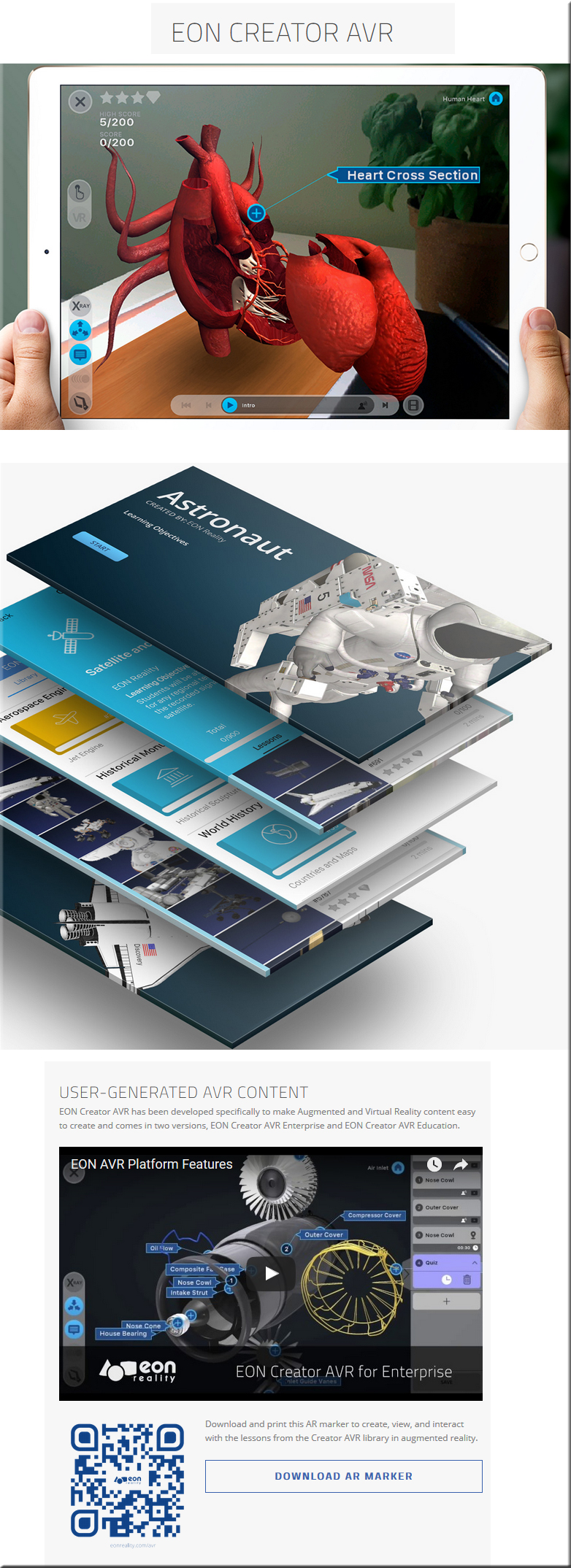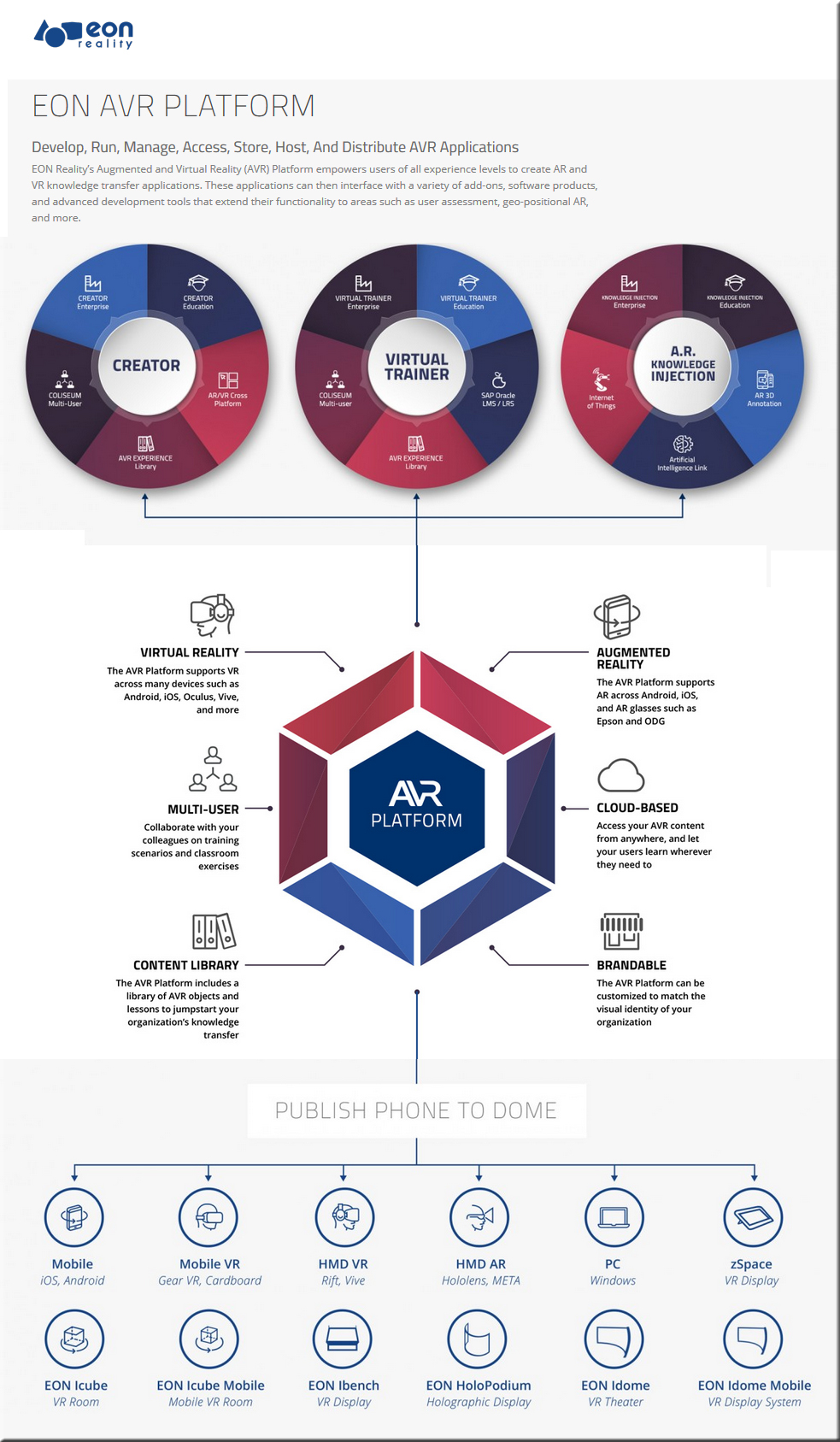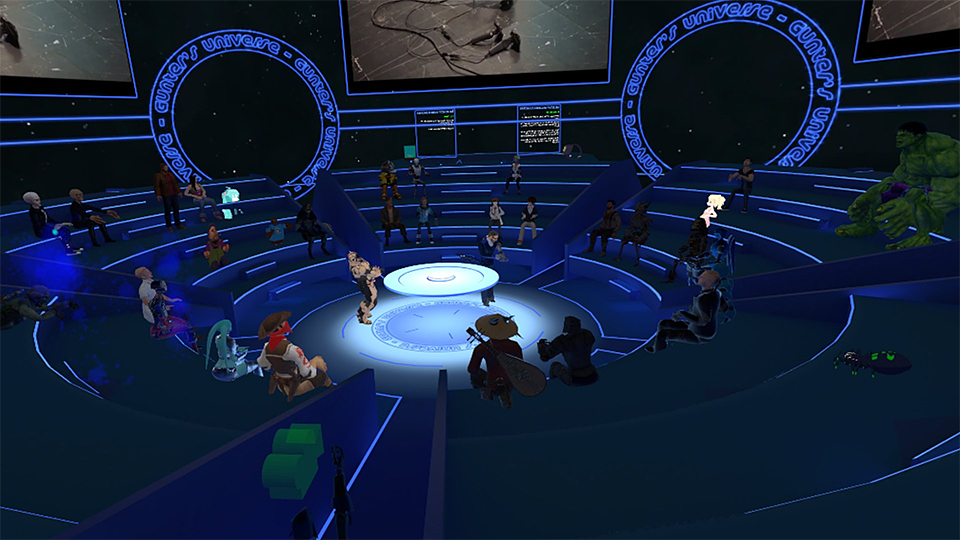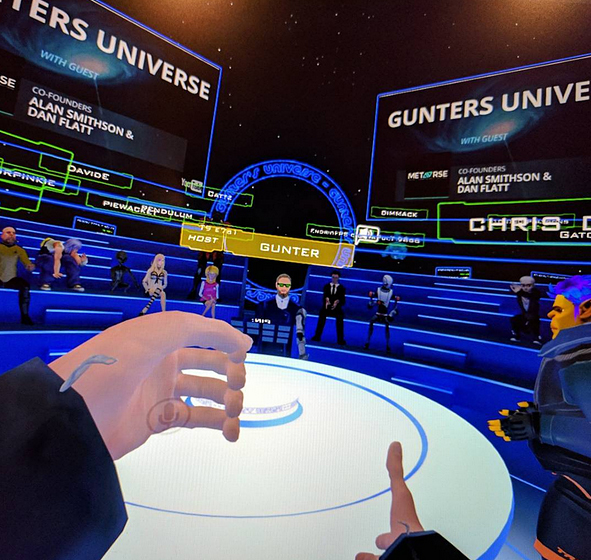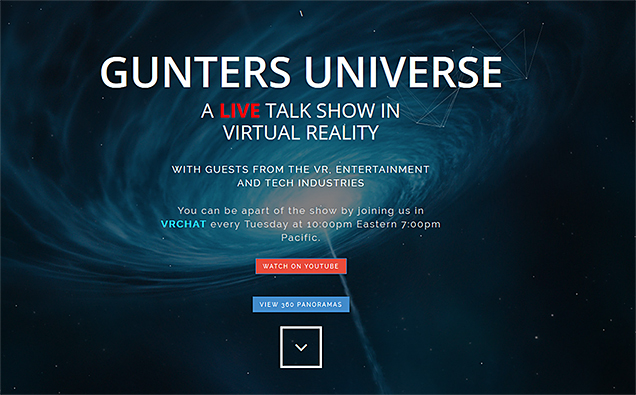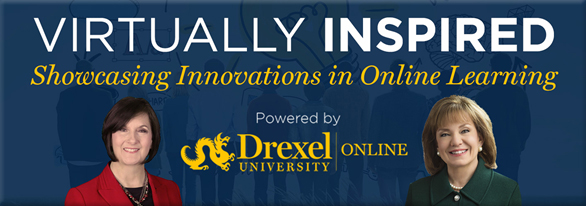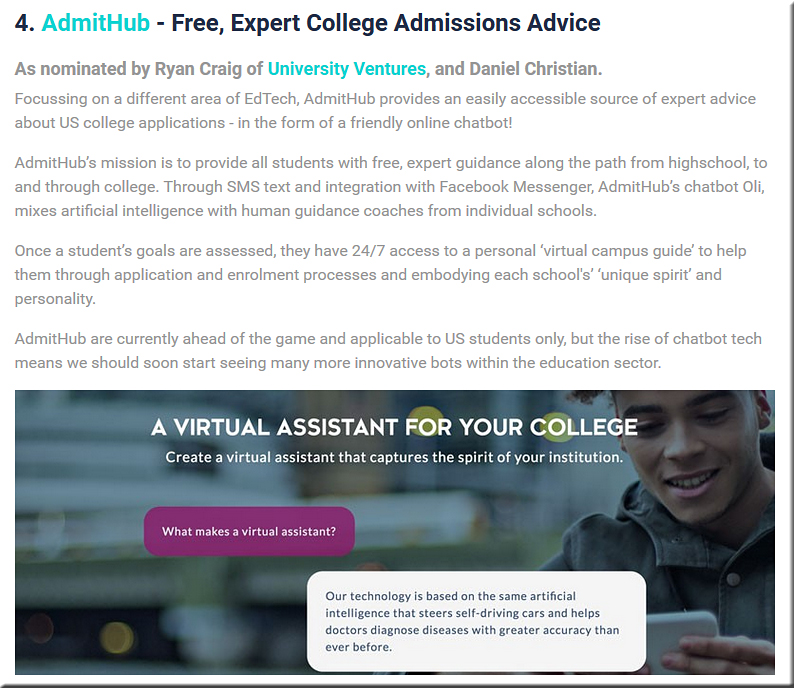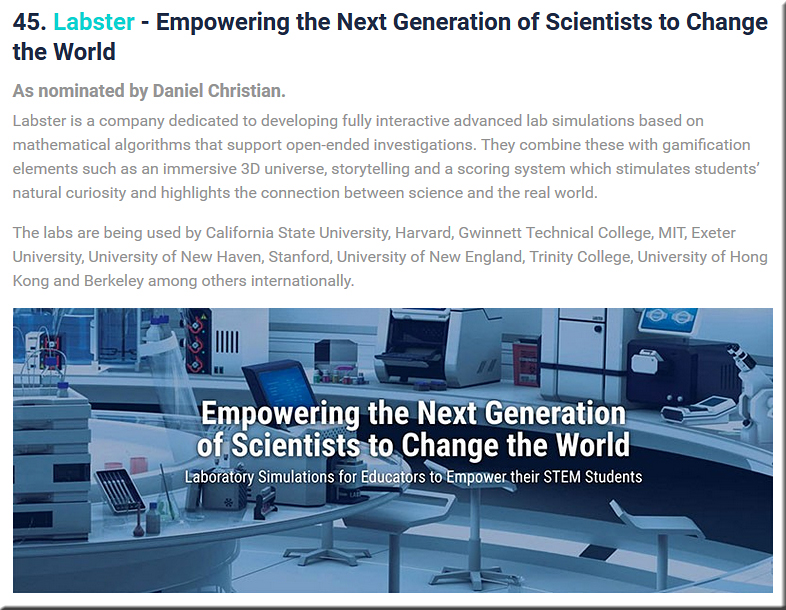From DSC:
The use of virtual reality in industries such as architecture, construction, and real estate is growing. Below are some articles that speak to this trend.
In the future, it’s highly likely we’ll be able to get a nice VR-based tour of a space before building it, or renting it, or moving into it. Schools and universities will benefit from this as well, as they can use VR to refine the vision for a space with the appropriate stakeholders and donors.
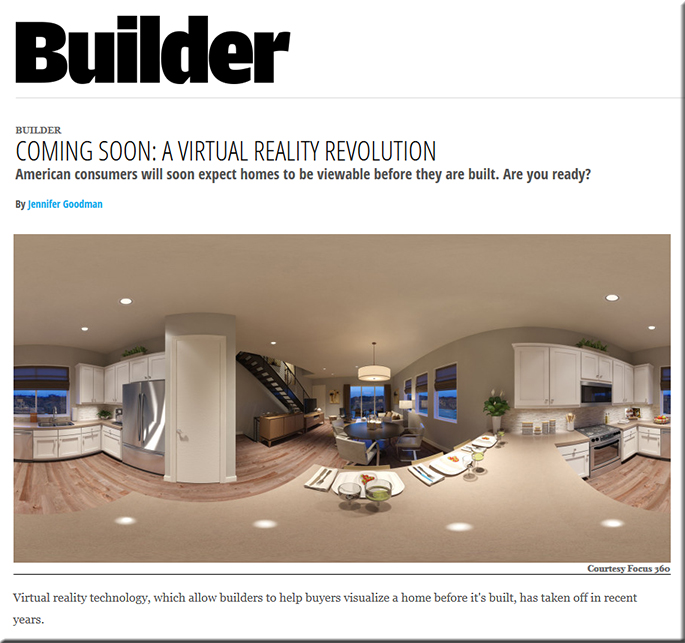
Coming Soon: A Virtual Reality Revolution — from builderonline.com by Jennifer Goodman
American consumers will soon expect homes to be viewable before they are built. Are you ready?
Excerpt:
In what ways are builders using VR today?
There are two primary uses of the panoramic style VR that I mentioned above being used: 1) photography based experiences and 2) computer generated (CG) experiences. The former is getting quite a bit of traction right now through technologies like Matterport. They are what I consider a modern version of iPix, using a camera to photograph an existing environment and special software to move through the space. But it is limited to real world environments. The CG experiences don’t require the environments to be built which gives builders a huge advantage to pre-market their properties. And since it is computer generated, there is a tremendous amount of flexibility in what is presented, such as various structural options or cabinet selections. And not only homes! Developers are using the technology to market the amenities of a new master planned community.
Local builders step further into virtual reality — from richmondbizsense.com by Jonathan Spiers
Excerpt:
While 3D modeling and online virtual tours have become more commonplace in the home design industry, at least one local builder is taking the custom home building and buying process into a new dimension.
At a recent preview event for this year’s Homearama, an annual home design showcase to be held this May at Chesterfield County’s NewMarket Estates, Midlothian-based Lifestyle Home Builders let attendees virtually walk through and look around a completed version of the house it is building – while standing within the same unfinished home under construction.
Participants were invited to wear virtual reality (VR) headsets for a full immersion, 360-degree experience, or they could navigate the finished product via a virtual tour on a computer screen. LifeStyle is using the technology, which it adapted from building information modeling (BIM) and off-the-shelf software, to allow homebuyers a chance to see their custom home before it is built and make any changes prior to construction starting.
How Virtual Reality Could Revolutionize The Real Estate Industry — from forbes.com by Azad Abbasi
Excerpt:
Consider the top two hurdles of the average real estate agent:
- Agents have to manage the time it takes to go from one visit to the other, dealing with traffic among other elements out of their control.
- The most commonly heard phrase in real estate is, “It doesn’t look like the pictures.”
Virtual reality can help immediately resolve both of these issues. It offers the possibility to virtually visit a lot more homes in a lot less time. This will naturally increase sales efficiency, as well as allow the ability to see more potential buyers.
Here are three different options you can explore using virtual reality to heighten real estate experiences:









